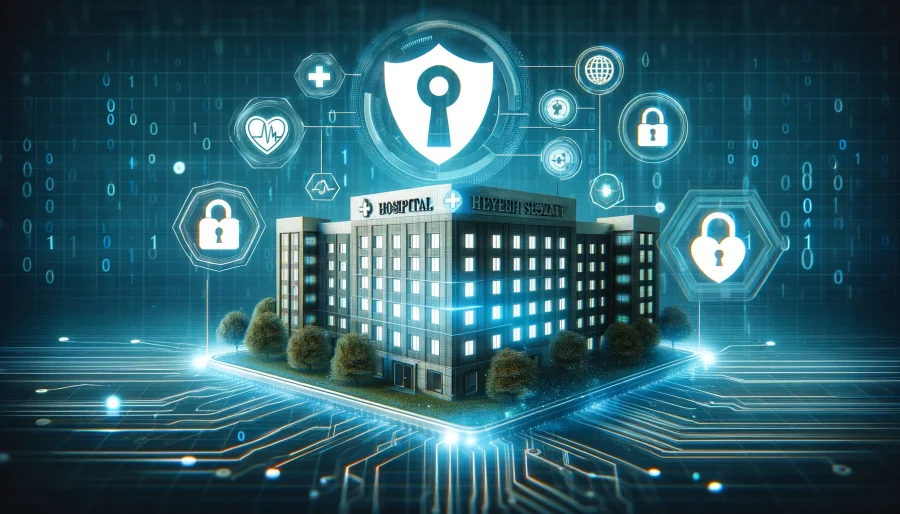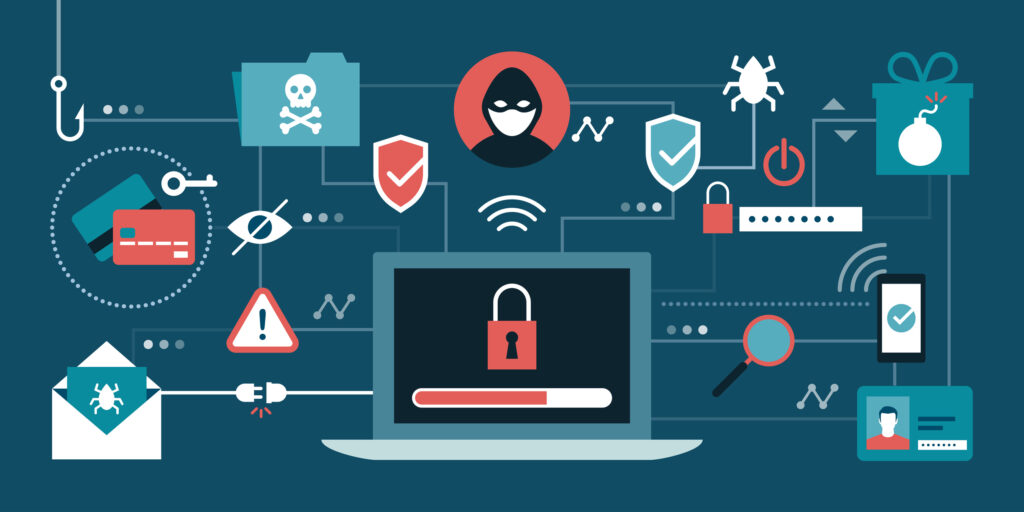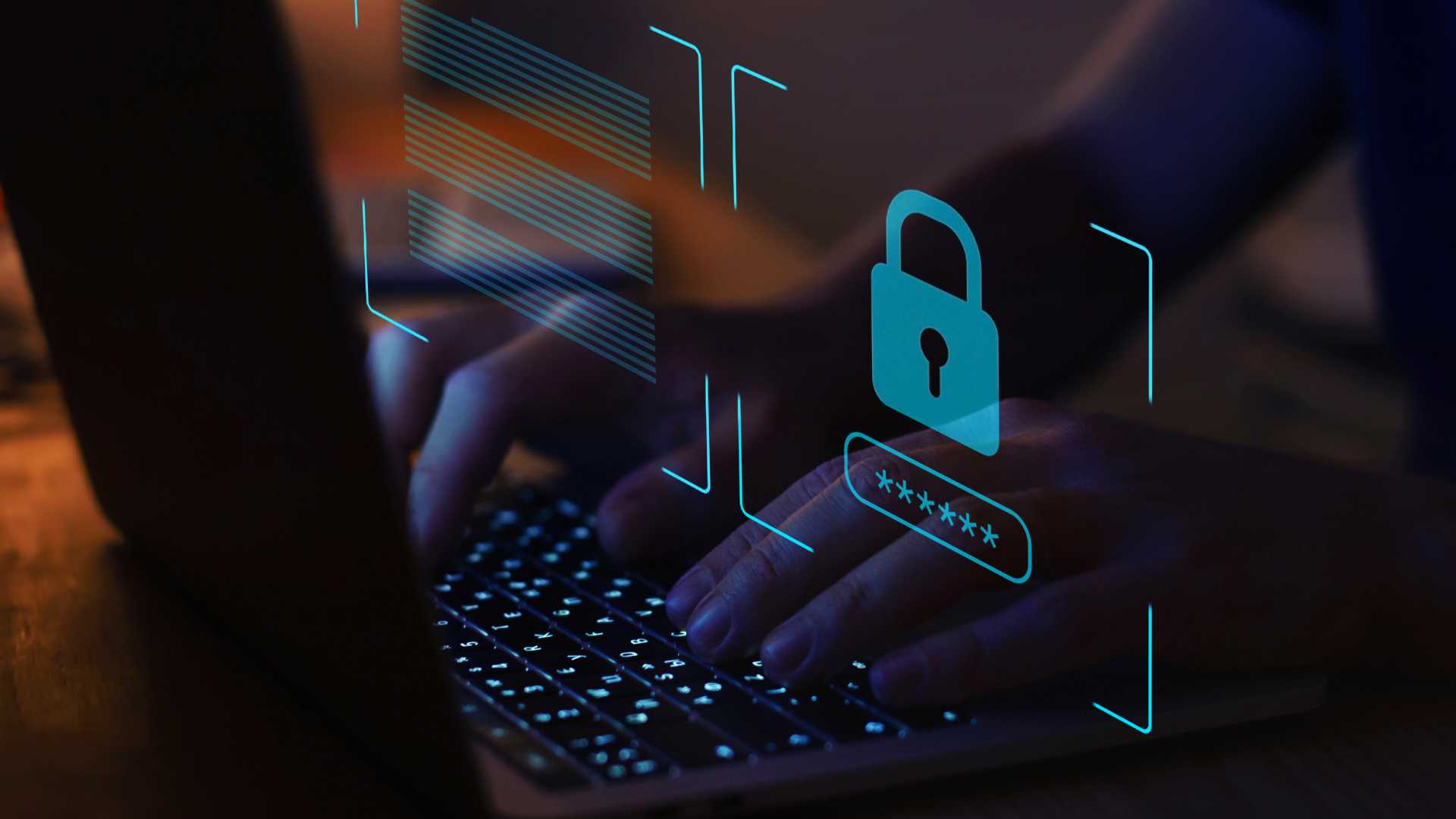Building Enterprise SOC Operations for Modern Threats
Executive Summary
Enterprise cybersecurity landscape demands continuous vigilance against sophisticated threat actors targeting critical business infrastructure. 24/7 security monitoring represents the cornerstone of modern cybersecurity strategy, enabling organizations to detect, analyze, and respond to security incidents in real-time. This comprehensive guide explores enterprise SOC implementation methodologies, architectural considerations, and operational frameworks essential for maintaining robust security posture.
Understanding 24/7 Security Monitoring Architecture
Core Components of Enterprise SOC Infrastructure
Security Information and Event Management (SIEM) Platform Modern SIEM solutions aggregate security data from multiple sources, providing centralized visibility across enterprise infrastructure. Leading platforms process millions of events daily, utilizing machine learning algorithms for anomaly detection and behavioral analysis. Organizations typically deploy hybrid SIEM architectures combining on-premises collectors with cloud-based analytics engines.
Network Security Monitoring (NSM) Systems NSM implementations monitor network traffic patterns, identifying suspicious communications and data exfiltration attempts. Advanced deployments utilize deep packet inspection capabilities, analyzing application-layer protocols for malicious activity. Integration with threat intelligence feeds enhances detection accuracy while reducing false positive rates.
Endpoint Detection and Response (EDR) Integration EDR platforms provide granular visibility into endpoint activities, monitoring process execution, file modifications, and registry changes. Modern EDR solutions employ behavioral analysis engines, detecting previously unknown threats through anomalous activity patterns. Integration with central SOC platforms enables correlated analysis across network and endpoint telemetry.
Architectural Design Principles
Scalability and Performance Optimization Enterprise SOC architectures must accommodate growing data volumes while maintaining real-time processing capabilities. Implementation strategies include distributed processing frameworks, intelligent data filtering, and tiered storage architectures. Performance optimization requires careful capacity planning based on organizational growth projections and threat landscape evolution.
High Availability and Disaster Recovery Critical security monitoring systems require redundant infrastructure ensuring continuous operation during system failures or natural disasters. Implementation includes geographically distributed SOC facilities, automated failover mechanisms, and comprehensive backup strategies. Recovery time objectives typically target sub-hour restoration capabilities for critical security functions.
Implementation Methodology Framework
Phase 1: Assessment and Planning
Current State Analysis Comprehensive security assessment identifies existing monitoring capabilities, infrastructure gaps, and organizational requirements. Analysis encompasses network architecture documentation, security tool inventory, and incident response maturity evaluation. Risk assessment prioritizes implementation phases based on threat exposure and business criticality.
Requirements Definition Stakeholder engagement defines functional requirements, performance expectations, and compliance obligations. Technical requirements specification includes data retention policies, integration standards, and reporting capabilities. Regulatory compliance requirements drive specific monitoring controls and audit trail capabilities.
Technology Architecture Design Solution architecture development considers existing infrastructure constraints, scalability requirements, and integration complexity. Design documentation includes network diagrams, data flow specifications, and security control mappings. Technology selection criteria emphasize vendor viability, support capabilities, and total cost of ownership.
Phase 2: Infrastructure Deployment
Core Platform Implementation SIEM platform deployment begins with infrastructure provisioning, including compute resources, storage systems, and network connectivity. Initial configuration establishes data collection policies, parsing rules, and correlation logic. Performance tuning optimizes resource utilization while maintaining required processing capabilities.
Data Source Integration Systematic integration of security data sources ensures comprehensive visibility across enterprise infrastructure. Common integrations include network devices, security appliances, server systems, and cloud platforms. Data normalization processes standardize event formats enabling effective correlation and analysis.
Monitoring Rule Development Security monitoring rules translate threat intelligence into actionable detection logic. Rule development considers attack patterns, organizational risk factors, and false positive minimization. Continuous refinement based on operational feedback improves detection accuracy and reduces analyst workload.
Phase 3: Operational Enablement
Analyst Training and Certification SOC analyst training programs cover platform operation, incident analysis methodologies, and threat hunting techniques. Certification requirements ensure consistent skill levels across security teams. Ongoing training maintains currency with evolving threat landscape and tool capabilities.
Process Documentation and Procedures Standardized operational procedures ensure consistent incident handling and escalation protocols. Documentation includes playbooks for common incident types, escalation matrices, and communication templates. Regular procedure updates reflect lessons learned and process improvements.
Performance Metrics and KPIs Operational metrics track SOC effectiveness, analyst productivity, and system performance. Key performance indicators include mean time to detection, false positive rates, and incident resolution times. Regular metric reviews drive continuous improvement initiatives and resource optimization.
Advanced Detection Capabilities
Behavioral Analytics and Machine Learning
User and Entity Behavior Analytics (UEBA) UEBA solutions establish baseline behavioral patterns for users, devices, and applications within enterprise environments. Machine learning algorithms detect deviations indicating potential security incidents or insider threats. Implementation requires sufficient historical data for accurate baseline establishment and ongoing model refinement.
Threat Intelligence Integration External threat intelligence feeds enhance detection capabilities by providing contextual information about emerging threats. Integration includes indicators of compromise (IoCs), tactics techniques and procedures (TTPs), and threat actor attribution data. Automated threat intelligence processing enables real-time blocking and alerting capabilities.
Advanced Persistent Threat (APT) Detection APT detection methodologies focus on identifying sophisticated, long-term intrusions characterized by stealth and persistence. Detection strategies combine multiple data sources, looking for subtle indicators across extended timeframes. Analysis techniques include timeline reconstruction, lateral movement detection, and command and control communication identification.
Automation and Orchestration
Security Orchestration, Automation, and Response (SOAR) SOAR platforms automate routine security tasks, enabling analysts to focus on complex investigations and strategic initiatives. Automation capabilities include incident enrichment, containment actions, and communication workflows. Orchestration ensures consistent response procedures across diverse security tools and platforms.
Automated Incident Response Predefined response workflows automatically execute containment and remediation actions for specific incident types. Automation reduces response times while ensuring consistent execution of critical security procedures. Human oversight maintains control over high-impact decisions while leveraging automation for routine tasks.
Compliance and Regulatory Considerations
Indian Regulatory Framework Alignment
RBI Cybersecurity Framework Compliance Financial institutions must implement comprehensive cybersecurity measures including continuous monitoring and incident response capabilities. SOC implementation supports regulatory requirements for threat detection, vulnerability management, and security event correlation. Documentation requirements include security monitoring coverage, incident response procedures, and audit trail maintenance.
CERT-In Guidelines Implementation Recent CERT-In guidelines mandate specific cybersecurity measures including continuous monitoring and incident reporting. SOC platforms facilitate automated compliance reporting and evidence collection for regulatory submissions. Integration with government threat intelligence feeds enhances national cybersecurity posture while meeting mandatory requirements.
DPDPA Data Protection Compliance Data protection regulations require monitoring of personal data processing activities and security incident detection. SOC implementations include data access monitoring, privacy breach detection, and automated notification capabilities. Audit capabilities support regulatory compliance demonstrations and incident investigation requirements.
International Standards Alignment
ISO 27001 Security Management ISO 27001 requires organizations to implement security monitoring and incident management capabilities. SOC operations support multiple control objectives including information security incident management, vulnerability management, and access control monitoring. Regular compliance assessments ensure ongoing alignment with international standards.
NIST Cybersecurity Framework Integration NIST framework implementation benefits from comprehensive security monitoring capabilities supporting all framework functions. SOC operations enable effective identification, protection, detection, response, and recovery capabilities. Framework maturity progression relies heavily on advanced monitoring and analytical capabilities.
Cost-Benefit Analysis and ROI Considerations
Investment Requirements
Infrastructure and Technology Costs Initial SOC implementation requires significant investment in hardware, software licenses, and professional services. Ongoing costs include maintenance, support, and technology refresh cycles. Cloud-based solutions may reduce initial capital requirements while providing scalability and reduced operational complexity.
Staffing and Training Investments Skilled security analysts represent the largest ongoing operational expense for SOC operations. Training programs, certification maintenance, and competitive compensation packages are essential for talent retention. Automation and process optimization can improve analyst productivity while reducing overall staffing requirements.
Business Value Realization
Risk Reduction and Loss Prevention Effective security monitoring significantly reduces cybersecurity incident frequency and impact. Early threat detection prevents data breaches, system compromises, and business disruption. Quantifiable benefits include reduced incident response costs, minimized downtime, and avoided regulatory penalties.
Operational Efficiency Improvements Centralized security monitoring improves overall IT operational efficiency through enhanced visibility and automated response capabilities. Integration with IT service management processes streamlines incident handling and problem resolution. Predictive analytics enable proactive maintenance and capacity planning.
Future Trends and Evolution
Artificial Intelligence and Machine Learning Integration
Advanced Threat Detection AI-powered security platforms improve threat detection accuracy while reducing false positive rates. Machine learning models continuously adapt to evolving threat patterns without manual rule updates. Natural language processing capabilities enhance threat intelligence analysis and automated response generation.
Predictive Security Analytics Predictive models identify potential security incidents before they occur, enabling proactive threat mitigation. Risk scoring algorithms prioritize security investments based on threat likelihood and business impact. Continuous model refinement improves prediction accuracy over time.
Cloud-Native SOC Evolution
Serverless Security Monitoring Cloud-native architectures enable highly scalable and cost-effective security monitoring solutions. Serverless computing models automatically scale based on data volume while minimizing operational overhead. Container-based deployments provide flexibility and rapid deployment capabilities.
Multi-Cloud Security Operations Organizations increasingly require security monitoring across multiple cloud platforms and hybrid environments. Unified SOC platforms provide consistent visibility regardless of infrastructure location. Cloud security posture management integrates with traditional SOC operations for comprehensive coverage.
Conclusion
Enterprise 24/7 security monitoring implementation requires careful planning, robust architecture design, and ongoing operational optimization. Success depends on balancing technological capabilities with skilled personnel and well-defined processes. Organizations must consider regulatory requirements, business objectives, and evolving threat landscape when designing SOC operations.
Effective implementation provides measurable business value through improved security posture, reduced incident impact, and enhanced operational efficiency. Continuous evolution and improvement ensure SOC capabilities remain effective against emerging threats while supporting business growth and digital transformation initiatives.
Investment in comprehensive security monitoring capabilities represents essential infrastructure for modern enterprises operating in increasingly complex threat environments. Strategic implementation approaches maximize return on investment while building sustainable competitive advantages through enhanced security resilience.














